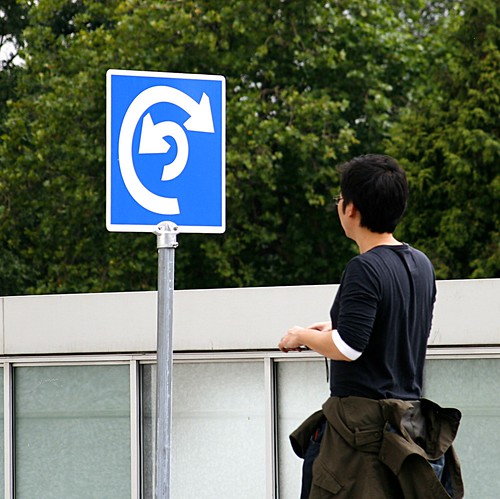 Confused by that headline? Great! I’ve got you right where I want you.
Confused by that headline? Great! I’ve got you right where I want you.
Usually, when we talk about the best way to learn something, most people would agree we should avoid confusion at all cost. This makes sense. The purpose of learning is to gain skills or knowledge. Emotion has nothing to do with it.
Learning (especially new and complex concepts) is hard work. We need to be focused, organized, and efficient. For the best results, learning should be as simple and straightforward as possible. Just the facts ma’am. Adding emotions just confuses things and makes learning more difficult than it needs to be–right?
Wrong.
According to recent research by Notre Dame Psychologist, Sidney D’Mello, complex learning is almost always, “an emotionally charged experience.” People routinely feel a wide range of emotions while learning. Only twenty five percent of the time do learners feel “neutral.” The rest of the time–at least seventy five percent–engaged learners feel a wide range of emotions, including: surprise, delight, confusion, boredom, and frustration.
D’Mello is adding to a growing body of research that suggests negative emotions, like frustration and confusion, may actually play a key role in deep learning–the type needed to overcome stubborn ruts in our thinking.
Seasons are caused by the earth’s distance from the sun; motors and engines use up energy; a heavier ball falls faster than a lighter one: all examples of folk science–and all completely false. Still, they persist to a surprising degree.
It’s not that we weren’t taught these concepts. The problem is that we didn’t really learn them. They didn’t “stick.” Do an internet search for “Harvard Graduates Explain Seasons,” for a great example of this phenomenon.
Why do these beliefs persist? A lack of deep learning. It turns out, we need a little frustrated confusion to free us from stubborn knowledge ruts–deep grooves worn into our patterns of thinking.
According to D’Mello confusion is a state of “cognitive disequilibrium” occurring when we encounter things that don’t make sense. Our thinking is thrown off balance. In order regain our footing, we are motivated to end the confusion through reflection and the process of problem solving. Doing so results in deeper learning and we are able to break out of the rut and start new trails of knowledge.
Effective learners repeatedly experience “two-step episodes alternating between confusion and insight,” writes D’Mello. Back and forth, like a ball rolling on a teeter-totter between perplexity and understanding, the flustered learner engages and eventually deeply understands new material.
Other researchers are confirming D’Mello’s results. After finding his study’s subjects were unable to grasp new concepts until they reached and then overcame an intellectual “impasse,” Arizona State researcher, Kurt Vanlehn argues that without confusion, deep learning is unlikely to happen. Harvard physicist Eric Mazur found his students only began to learn complex concepts–not when they observed a demonstration or read information from a book–but only after they were asked to predict a demonstrations outcome. When wrong, these predictions triggered confusion–which then motivated students to think more deeply until they understood.
Counter-intuitively, D’Mello, feels so strongly about the benefits of confusion that he says parents and teachers should actually do more to deliberately induce it.
All this comes with a hint of caution however. While the benefits of confusion are clear, parents and teachers should take care to understand the difference between “hopeless confusion” and “productive confusion,” writes D’Mello. “Hopeless confusion” occurs when “the impasse cannot be resolved, the student gets stuck, there is no available plan, and important goals are blocked.”
Parents and teachers can capitalize on “productive confusion” however, by helping students to see that there is way through it: focus, reflection and problem solving. We can help coach learners past “productive confusion,” not by avoiding it–but by recognizing frustration and suggesting appropriate problem solving strategies.
Doing so can help learners work their way to very different emotion. One D’Mello calls “eureka!”
Image Credit: @Doug88888

